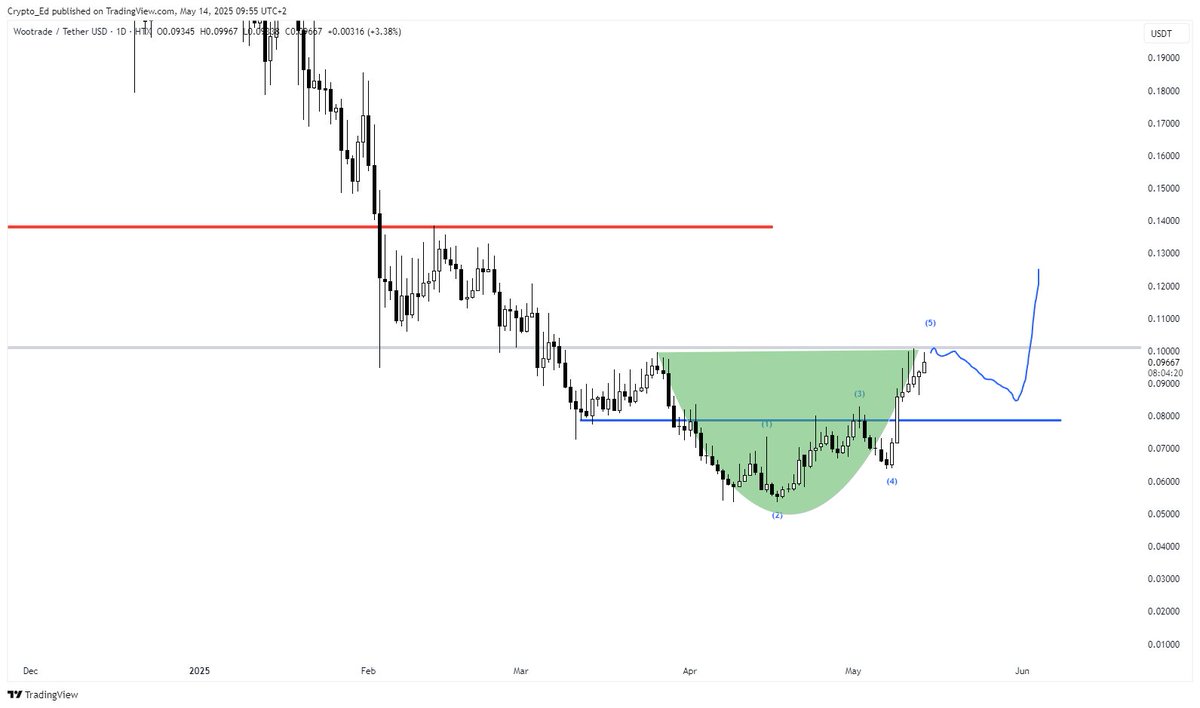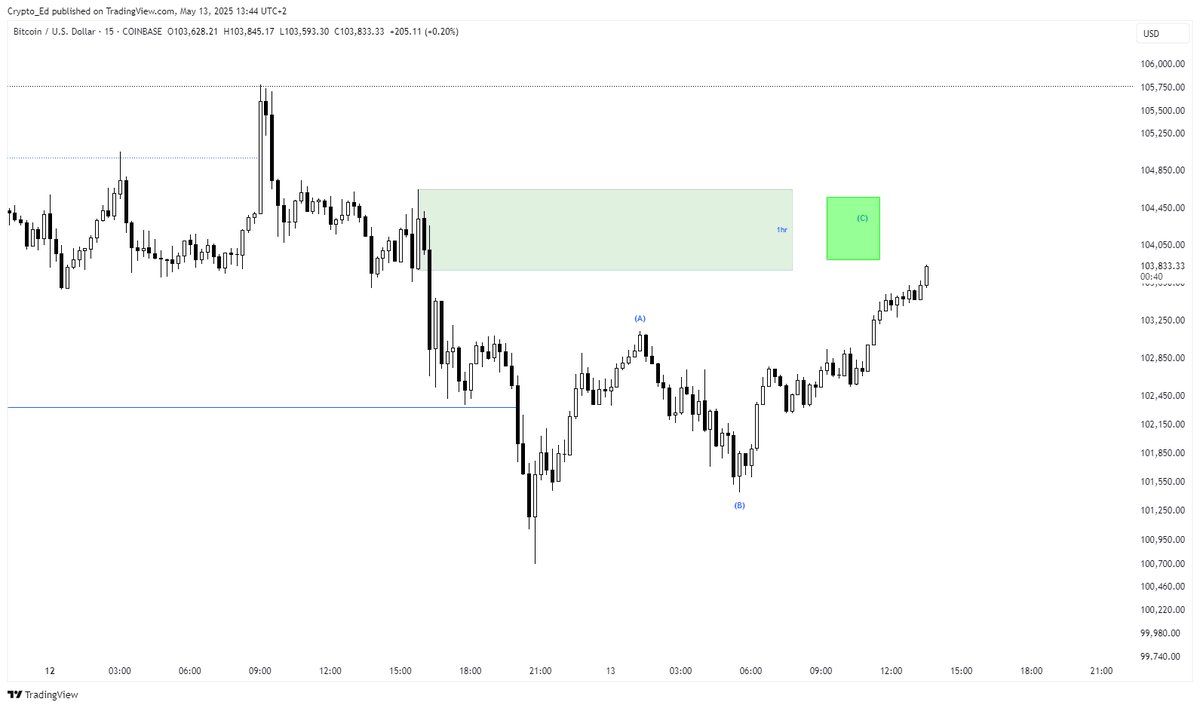WOO Network is a deep liquidity network that enables retail, institutional, and professional traders to execute large orders with the least slippage and near-zero fees. WOO is the name and ticker symbol of WOO Network's native utility and governance token.
WOO Network's ecosystem comprises Wootrade, WOOFi, WOO X, and WOO Ventures. Wootrade is a base-layer liquidity solution that provides deep liquidity to institutional clients, such as exchanges, via WOO Network's API. With Wootrade, exchanges can match their order book depth with top exchanges without paying high commissions. Wootrade also offers full cross-margin, competitive interest rates, and auto margin rebalancing.
WOOFi is a suite of open-source DeFi products deployed across multiple blockchains that has been audited by Certik and Verilog. A multi-chain decentralized exchange (DEX) with high-quality trade execution, a DeFi yield optimizer with set-and-forget vaults, and a WOO staking pool are among them. WOOFi employs a novel market-making algorithm, Synthetic Proactive Marketing Marking (sPMM), to facilitate crypto swaps at lower fees than traditional DEXs.
WOO X is a zero-fee cryptocurrency trading platform for professional and regular traders supported in more than 100 countries and is regulatory compliant. Finally, WOO Ventures, the investing division of WOO Network, gives WOO token owners 50 percent of all investment returns.
WOO Network has several use cases across its products. For example, WOO tokens can be used to vote on WOO Network governance proposals, earn staking yields, and receive a portion of swap fees on WOOFi.
Staking WOO tokens on WOO X entitles stakers to a share of tokens from WOO Ventures investments. Moreover, WOO tokens also provide yield farming opportunities on prominent DEXs such as Bancor, SushiSwap, Uniswap, PancakeSwap, QuickSwap, and SpookySwap.
WOO price and tokenomics
WOO has a hard-capped supply of 3 billion tokens. WOO network sold 10 percent of the tokens in their private and public sales. 10 percent was allocated to supporters, 20 percent to the Wootrade team, and 5 percent to advisors. These allocations have a linear vesting schedule of up to 3.5 years, which impacts WOO's price charts.
50 percent of the WOO supply was reserved to support the WOO project in activities like distributing ecosystem rewards (25 percent), providing insurance (10 percent), rewarding partners (10 percent), and supporting early-stage projects (5 percent). The remaining 5 percent was earmarked for liquidity management.
Every month, 50 percent of Wootrade's income is used to buy back WOO tokens to remove them from circulation. As of January 2021, 10,182,812 WOO tokens have been burned. Such periodic burns make WOO tokens deflationary, resulting in a positive impact on WOO's price.
About the founders
WOO Network was incubated by Kronos Research, a leading market maker with a $5-10 billion daily trading volume across global cryptocurrency exchanges.
The leadership team includes the co-founders of Kronos Research, Mark Pimentel (ex-Citadel), and Jack Tan (ex-Deutsche Bank). Pimentel worked in Citadel Investment Group's high-frequency trading unit, where he generated $892 million for the company in 2007.
WOO Network has 96 team members from top financial and education institutes, including Citadel, Deloitte, HSBC, MIT, CMU, and Citibank, to name a few.
WOO Network has raised $52 million from investors like Fenbushi Capital, BitMart, Three Arrows Capital, AscendEX, and ViaBTC Capital, among others.

























